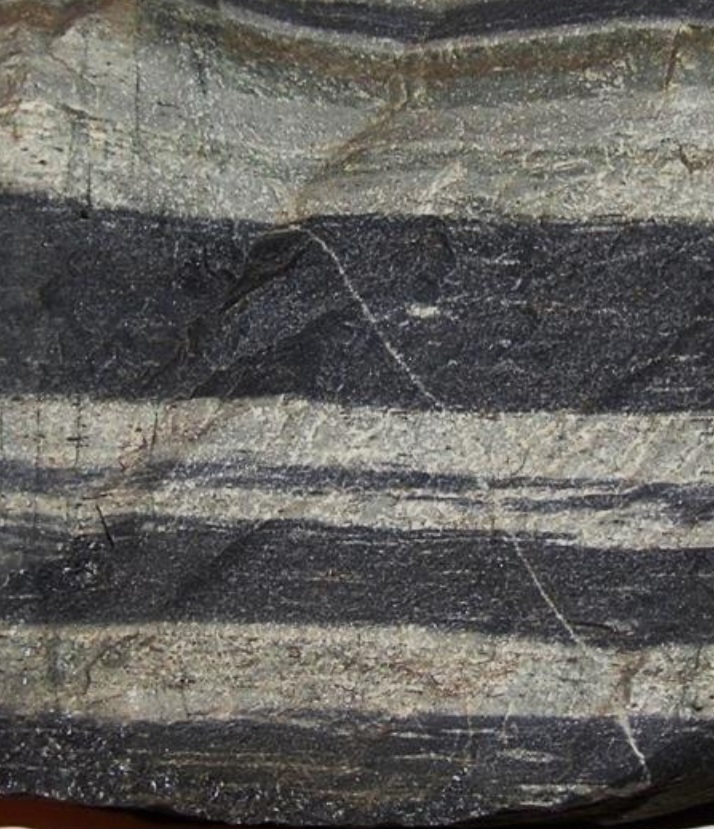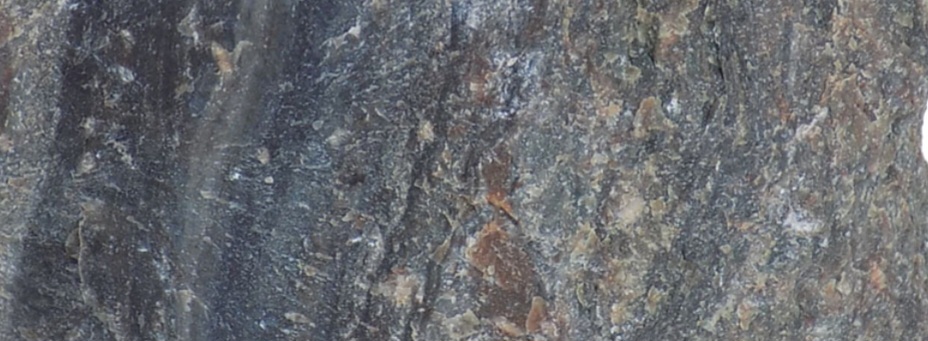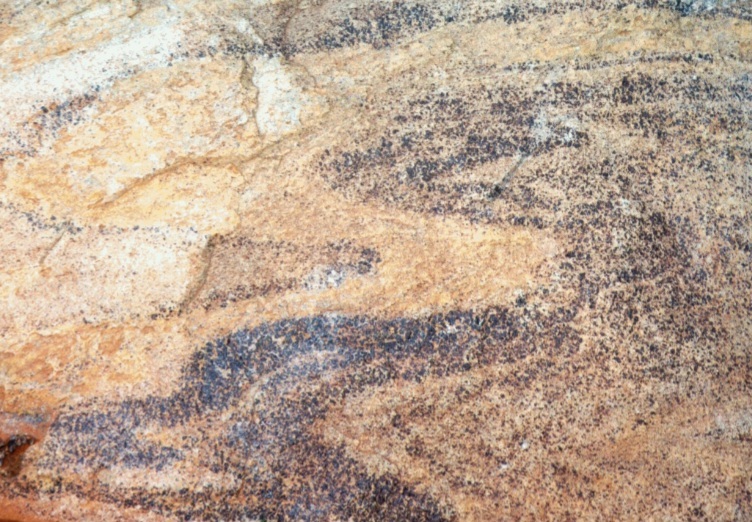This EarthCache takes you to just out of Glasgow Central Station, to be more specific to look at the outside cladding of 35 Hope Street. You need to look at the bottom panel of the cladding to the side of the gateway.
The rock you see here is granitic, in that it is made up of crystals forming it. Granitic rocks are igneous. Igneous rock is formed through the cooling and solidification of magma or lava. Igneous rock forms by crystallisation either below the surface as intrusive (plutonic) rocks or on the surface as extrusive (volcanic) rocks. Granite can be white, pink, or gray in colour, depending on their mineralogy. Granitic rocks mainly consist of feldspar, quartz, mica and amphibole minerals, which form an interlocking matrix of crystals.
Magma is the molten or semi-molten natural material from which all igneous rocks are formed. The injection of the mafic magma can happen in the magma chamber, when mixing of the two types of magma can occur. Record of this event, can be be preserved during the petrogenesis of the igneous rock. Petrogenesis means the origin and formation of rocks.
Mafic, describes an igneous rock, that is rich in magnesium, iron and calcium, and it tends to have a dark colour.
Felsic, describes an igneous rock, that is rich in feldspar and quartz, it tends to have a lighter colour.
Intrusive rock forms within the crust from the crystallization of magma. As the magma pushes up from deep, it eventually slowly cools into a solid, and forms rock. An intrusive rock is any form of igneous rock that forms within the crust of the planet. Large areas of magma that solidify underground before they reach the surface are known as plutons.When the magma is ejected from the earths crust, such as during a volcanic eruption, the igneous rock is then known as extrusive rock.
As the magma flows and starts to cool within the pluton, parts of it become viscous, in laymans language, thicker and sticker than other parts. When an area of non viscous magma meets an area which is more viscous, it then creates friction, and a viscous layer is formed causing crystals, phenocrysts and xenoltiths to slow down, and become caught in a layer. This creates laminar flow of this layer, which then presents as a streak when the magma has cooled and formed an igneous rock, in this situation granite. A process of fractional crystallisation also can cause this, though this EarthCache is not here to delve deeper into this subject.
There are some structures in igneous rocks, that show evidence of being formed in the fluid stage of magma, these include:
(i) Primary foliation:

Sometimes many plutonic rocks are characterised by foliation. Foliation, is where the metamorphic processes squeezes and elongates the crystals forming the rock, and clear defined aligment can be seen, in laymans language it means you can see defined lines.
(ii) Banding in rocks: this may occur due to It may result from lamellar flow, from settling of minerals from a crystallized magma or from successive injections.Laminar flow is characterized by fluid particles following smooth paths in layers, with each layer moving smoothly past the adjacent layers with little or no mixing.

(iii) Schlieren: These are wavy, streaky, irregular sheets, usually lacking sharp contact with the surrounding igneous rocks. They may be altered inclusions, segregation or may represent concentration of residual fluids into layers in a rock that had otherwise crystallised.

(iv) Aligment of crystals : as the magma flow touches the more vicous layers, then what is known as strain can occur. This can go into very much geological indepth talk, but bascially evidence of this may be seen in the alignment of crystals. However, magmatic flow micro structure s may be destroyed by fracturing, crystal plasticity (crystals also go through a solidification process, and befroe this their shape can be changed as they are plastic - able to be manipulated) and recrystallization before the magma reaches its solidus.
This being an EarthCache, in order to log it, I ask that you answer some questions. Please send them to me, and do not include them in your log. You can send them to me by using the message facility or email, both of which can be found by looking at my profile.
1. Is the rock here, felsic or mafic?
2. Looking at the rock, what processes have occured here?